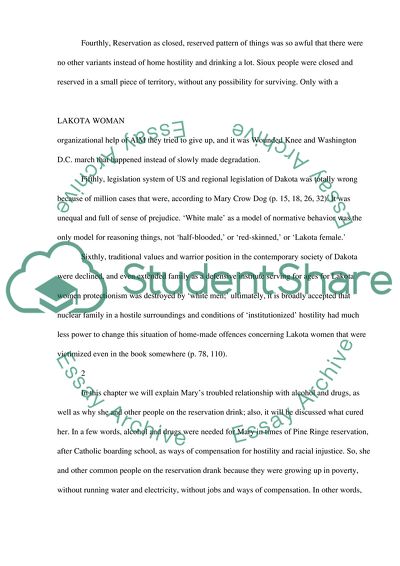Cite this document
(“Lakota Woman by Mary Crow Dog Book Report/Review - 2”, n.d.)
Lakota Woman by Mary Crow Dog Book Report/Review - 2. Retrieved from https://studentshare.org/literature/1789029-book-report
Lakota Woman by Mary Crow Dog Book Report/Review - 2. Retrieved from https://studentshare.org/literature/1789029-book-report
(Lakota Woman by Mary Crow Dog Book Report/Review - 2)
Lakota Woman by Mary Crow Dog Book Report/Review - 2. https://studentshare.org/literature/1789029-book-report.
Lakota Woman by Mary Crow Dog Book Report/Review - 2. https://studentshare.org/literature/1789029-book-report.
“Lakota Woman by Mary Crow Dog Book Report/Review - 2”, n.d. https://studentshare.org/literature/1789029-book-report.


